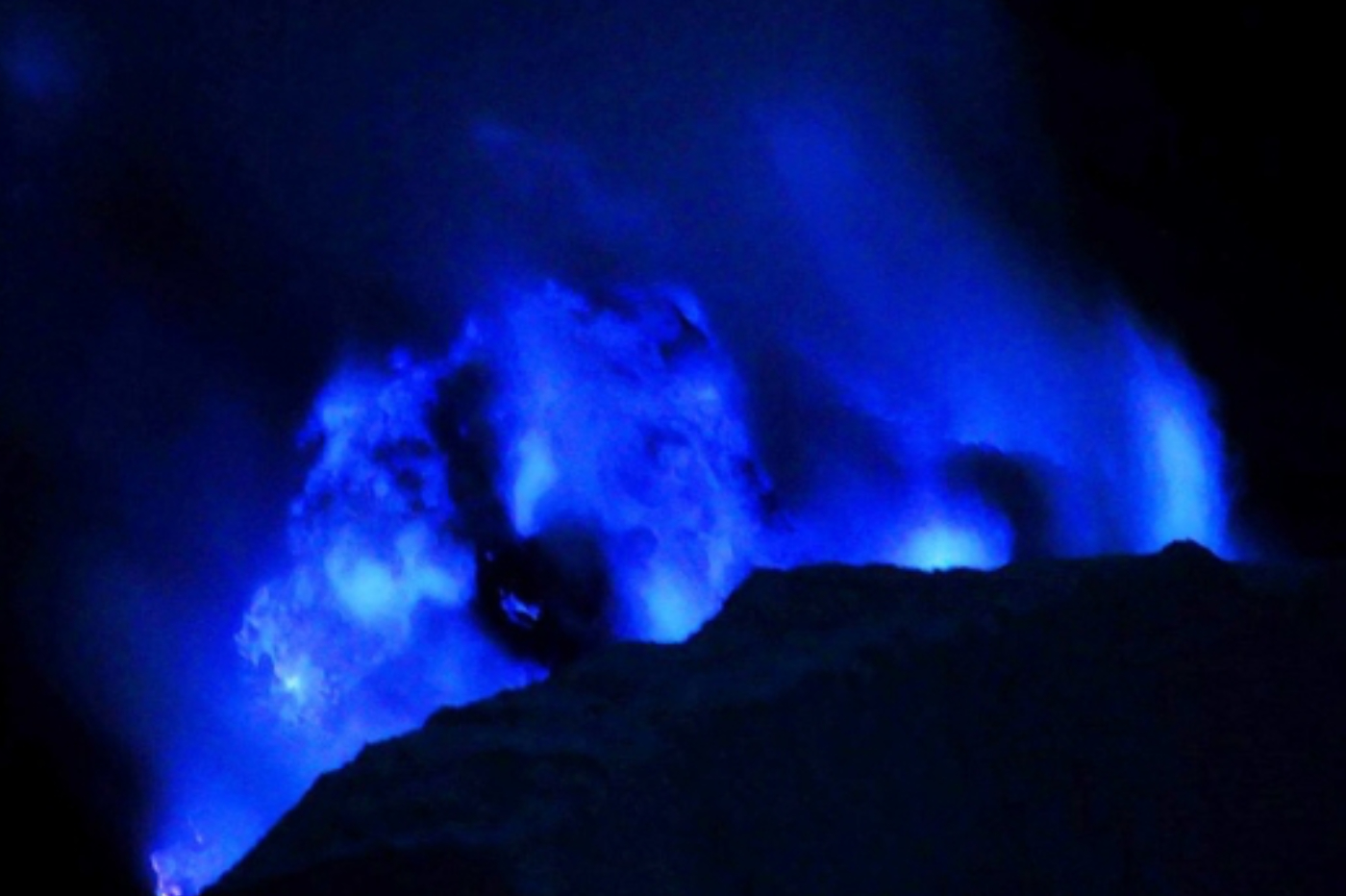
Volcanoes are known for their lava flows, but they can also produce beautiful blue flames.
A few days ago, the incredible eruption of a Tongan volcano literally shook the planet. While volcanologists around the world had their eyes riveted on this small archipelago in the Pacific, other volcanoes were also claiming their share of scientific attention.
Thousands of miles away, the well-known Piton de la Fournaise on Reunion Island erupted. If this volcano is one of the most active in the world, these eruptions, although regular, are still the subject of great scientific interest.
blue flames
During its last eruption, which dates back to January 17, the Piton de la Fournaise spat out blue electric flames. A very rare phenomenon for a volcano, so this could be the very first time that this has happened at Piton de la Fournaise.
If the phenomenon has already been observed on several volcanoes on the planet, in particular on Kawah Ijen in Indonesia. Very impressive, these “blue flames” no longer hold any secrets for scientists. At the end of an eruption, if a certain quantity of sulfur has not been ejected, it remains blocked at a very high temperature, in the heart of the volcano. A combustion of this gas then begins, which produces disulfur (S2). This new molecule has the particularity of being very unstable, in order to return to a more “normal” state, the sulfur will therefore have to release energy. It is this emission that will produce blue light.
A rare phenomenon
This phenomenon, which scientists call natural chemiluminescence, had never before been spotted on the Piton de la Fournaise. Indeed, it takes a consistent alignment of conditions for such flames to spring from a volcano.
In particular, the degassing, which normally occurs during all eruptions, must not be complete here. In addition, the sulfur must still be present in large enough quantities and close enough to the mouth of the volcano to be impacted by the extreme heat of the latter. If this is the case, and only in this very specific case, the sulfur will then be the last element to burn and its combustion will lead to beautiful blue flames, without great danger for humans.
In history, these blue flames were very early documented by volcano observers. From Antiquity it was Pliny the Elder (first century BC) who spoke about it in his writings when Vesuvius was erupting. Later it is the Indonesian volcano of Kawah Ijen which will become the center of interest of scientists, which emits blue flames quite regularly.



